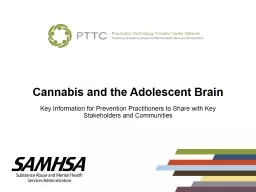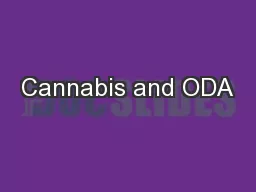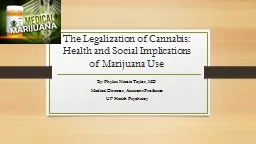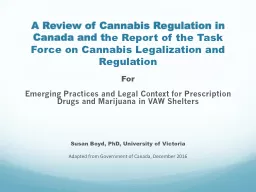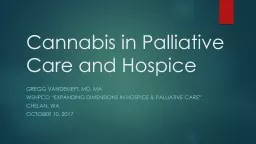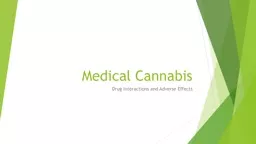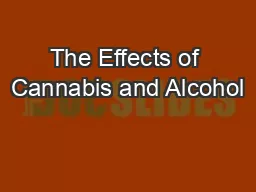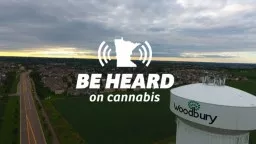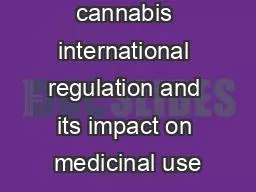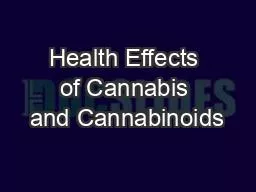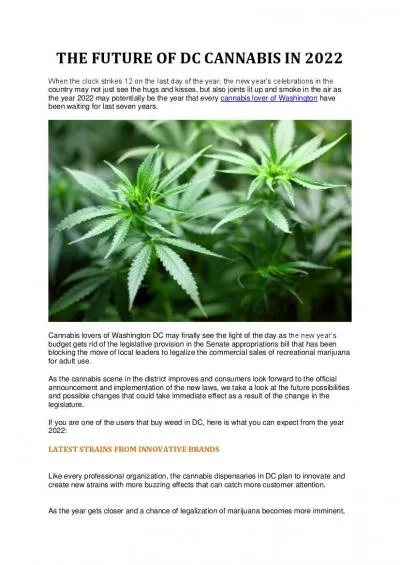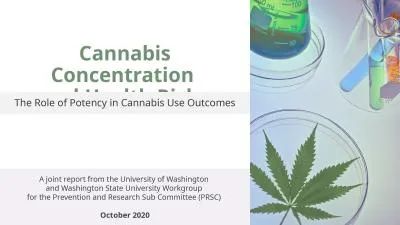PPT-Cannabis and the Adolescent Brain
Author : emma | Published Date : 2022-04-06
Key Information for Prevention Practitioners to Share with Key Stakeholders and Communities Acknowledgements This slide deck was created in collaboration with the
Presentation Embed Code
Download Presentation
Download Presentation The PPT/PDF document "Cannabis and the Adolescent Brain" is the property of its rightful owner. Permission is granted to download and print the materials on this website for personal, non-commercial use only, and to display it on your personal computer provided you do not modify the materials and that you retain all copyright notices contained in the materials. By downloading content from our website, you accept the terms of this agreement.
Cannabis and the Adolescent Brain: Transcript
Download Rules Of Document
"Cannabis and the Adolescent Brain"The content belongs to its owner. You may download and print it for personal use, without modification, and keep all copyright notices. By downloading, you agree to these terms.
Related Documents

